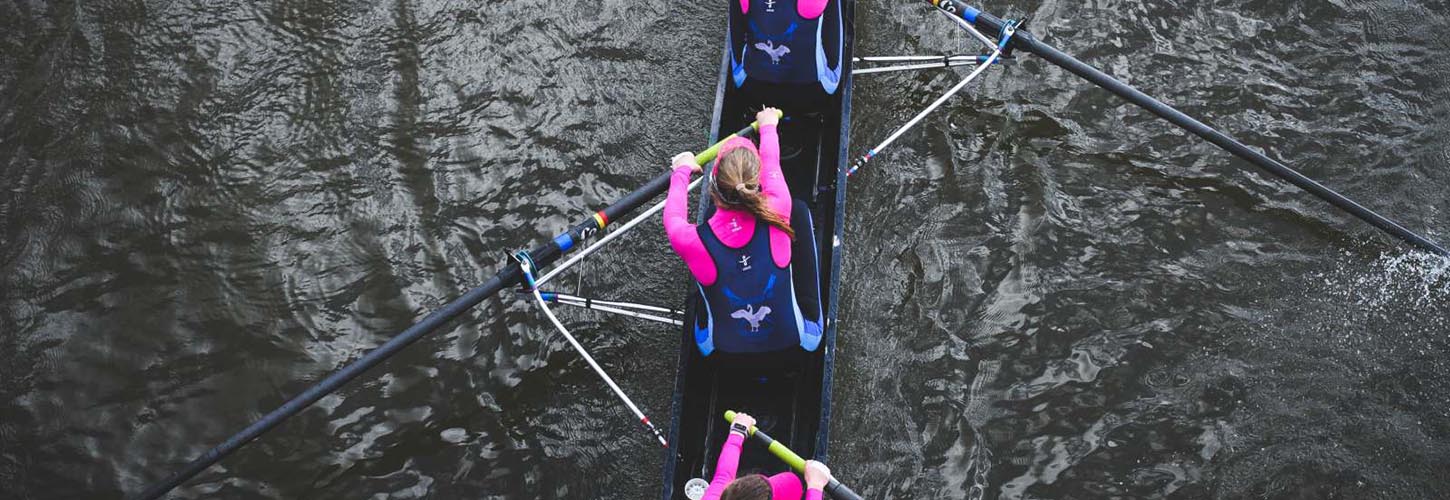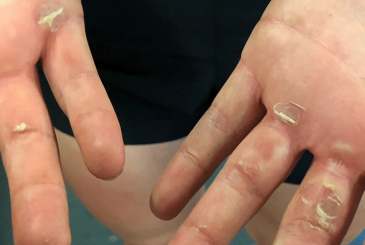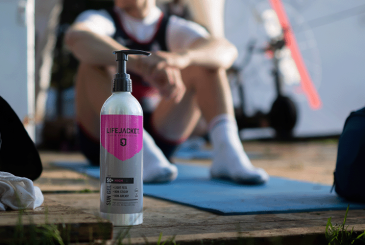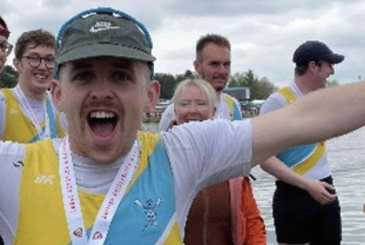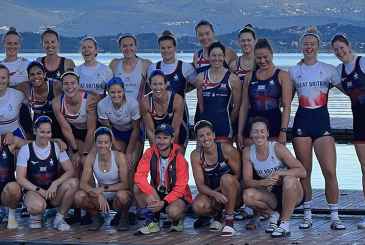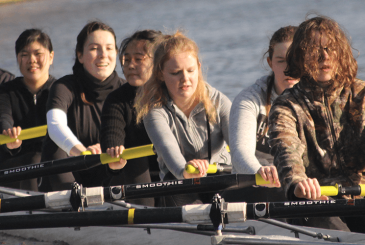Former GB Rowing Team physiologist Craig Williams provides advice on how you can reap more rewards from your training sessions
Your training approach is dictated by the recovery methods you employ. Getting the basics right – consistently – is crucial to any training programme. Following the simple formula of refuelling, rehydrating and getting good rest and sleep will help you get more reward for all the effort you are putting in.
1 – Are you getting enough rest?
It’s easy to get lost in the ‘I feel tired all the time’ minefield. Which must mean you’re improving? Well, maybe not…
Tiredness probably isn’t the aim of the training programme – and, equally, it’s probably not healthy for your performance. So, ask yourself and your coach if you should feel this bad (or perhaps this good?) at this particular stage of the training programme.
A PhD study that evaluated and monitored overtraining in the savage training environment of New Zealand Rowing was unable to identify any objective or subjective markers to indicate too much stress or maladaptation. Ultimately, the coaches used a combination of declining boat speed and some subjectivity – body language, mood – to indicate maladaptive responses to training.
The signs will be there; you’ll probably have seen them yourself, but often it takes someone else to highlight them. So be diligent, alert, and get the most from every training session.
2 – Refuel
When thinking about recovering from any training session, your first question should be ‘what stress am I trying to recover from?’.
If you’ve been on the river for 90 minutes with just water to drink during your outing, then clearly your carbohydrate stores have taken a hit. So some refuelling is essential.
While water will provide some hydration, a simple homemade sports drink would have been better. Squash drinks such as High Juice and salt, added to your water, will go a long way to helping you fuel and hydrate your outing more efficiently.
A consistent supply of carbohydrates is essential to bolster your immune system’s ability to respond during the winter months
In terms of hydration, ask yourself these simple questions below:
- Do I have a drinks bottle, and do I use it outside of training sessions?
- Do I monitor my hydration status daily?
- Do I know how to manage my fluid intake in the evenings to avoid getting up frequently during the night?
- Do I know my natural, hydrated body mass?
- Do I weigh myself before and after training?
- Do I effectively replenish fluids and salts lost during training?
- Do I know how to make a sports drink at home?
- How will the weather affect my sweat response and subsequent fluid status?
Immediately after training your body is hungry for nutrients on every level. Primarily, you will need to replace the carbohydrates you have used.
The general advice is to consume 1g per kilo bodyweight of carbohydrate and 0.1-0.2g per kilo bodyweight of protein after exercise. Timing and planning are key here, as often the post-training focus is on getting to work or home and refuelling later. Planning your refuelling will help immensely.
A consistent supply of carbohydrates is also essential to bolster your immune system’s ability to respond during the cold, dark winter months.
Conversely, if it’s a weights session and you have sustained some muscle damage you will need to include protein in your refuelling to build blocks to repair the damage.
From Olympic gold medallist to absolute novice, self-knowledge is power and diligently monitoring your practices is essential
3 – Maximise your recovery
Once you’ve ticked the basic boxes there are some additional physical strategies that may boost your recovery from sessions – for example, massages, ice baths and power naps.
The evidence behind most physical recovery interventions is equivocal, so the only way to decide what is right for you is to evaluate and record your responses. But from Olympic gold medallist to absolute novice, self-knowledge is power and diligently monitoring and recording your practices and habits is essential.
Some useful markers to record every day in your training diary might be body mass, resting heart-rate, sleep quality (%) and attitude to training (%).
Don’t forget to inform your coach if there are any changes. Being honest, consistent and accurate with your monitoring data is incredibly useful, particularly as you collate data over time. Using training diaries is a useful tool to record this data.
4 – Simple steps to a successful training approach
- Monitor your daily responses.
- Get organised and prepare yourself for your day.
- Eat regularly – as well as three to four meals, eat regular snacks after training and consume carbohydrates during high intensity and high volume sessions.
- Monitor the intensity and volume of your training sessions whenever possible.
- Get to know the best way that you rest after training, and sleep well at night.
Photo credit: Victoria Self.
–
–
–
–
–
–
–
–
–


